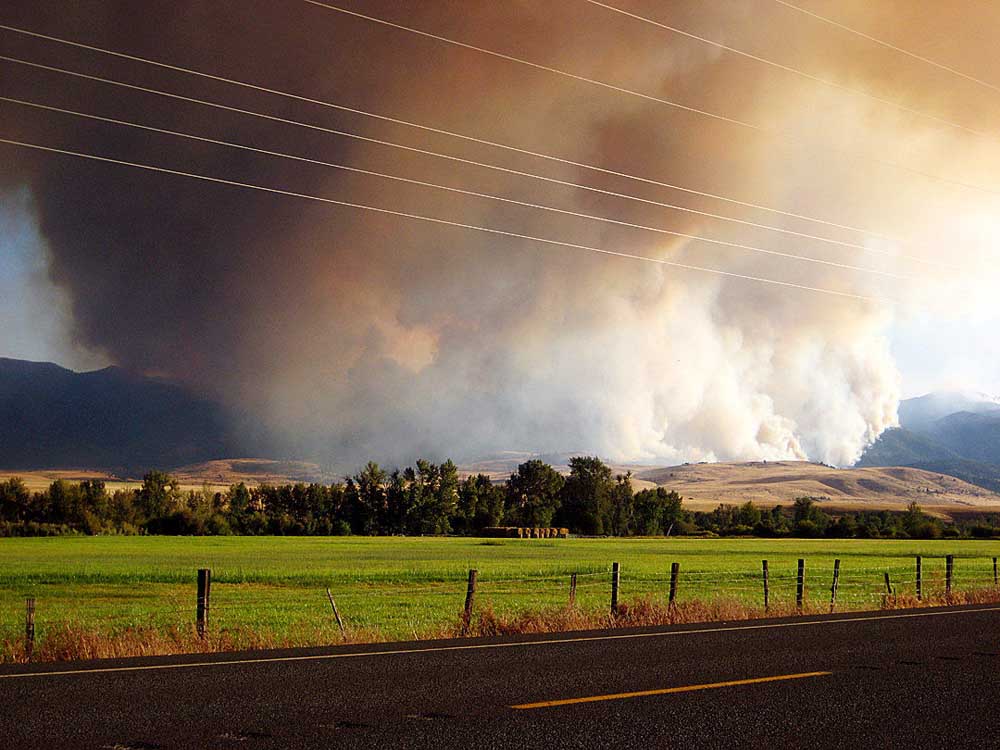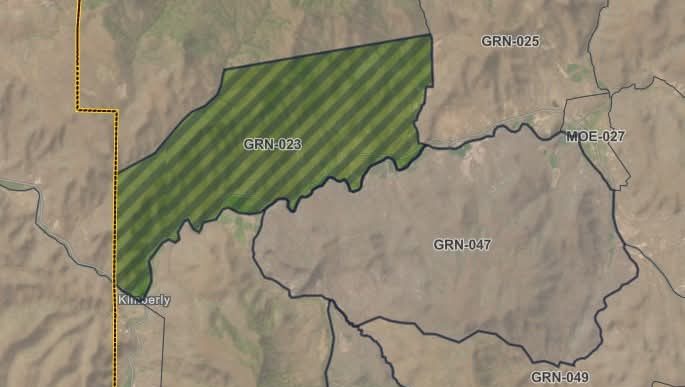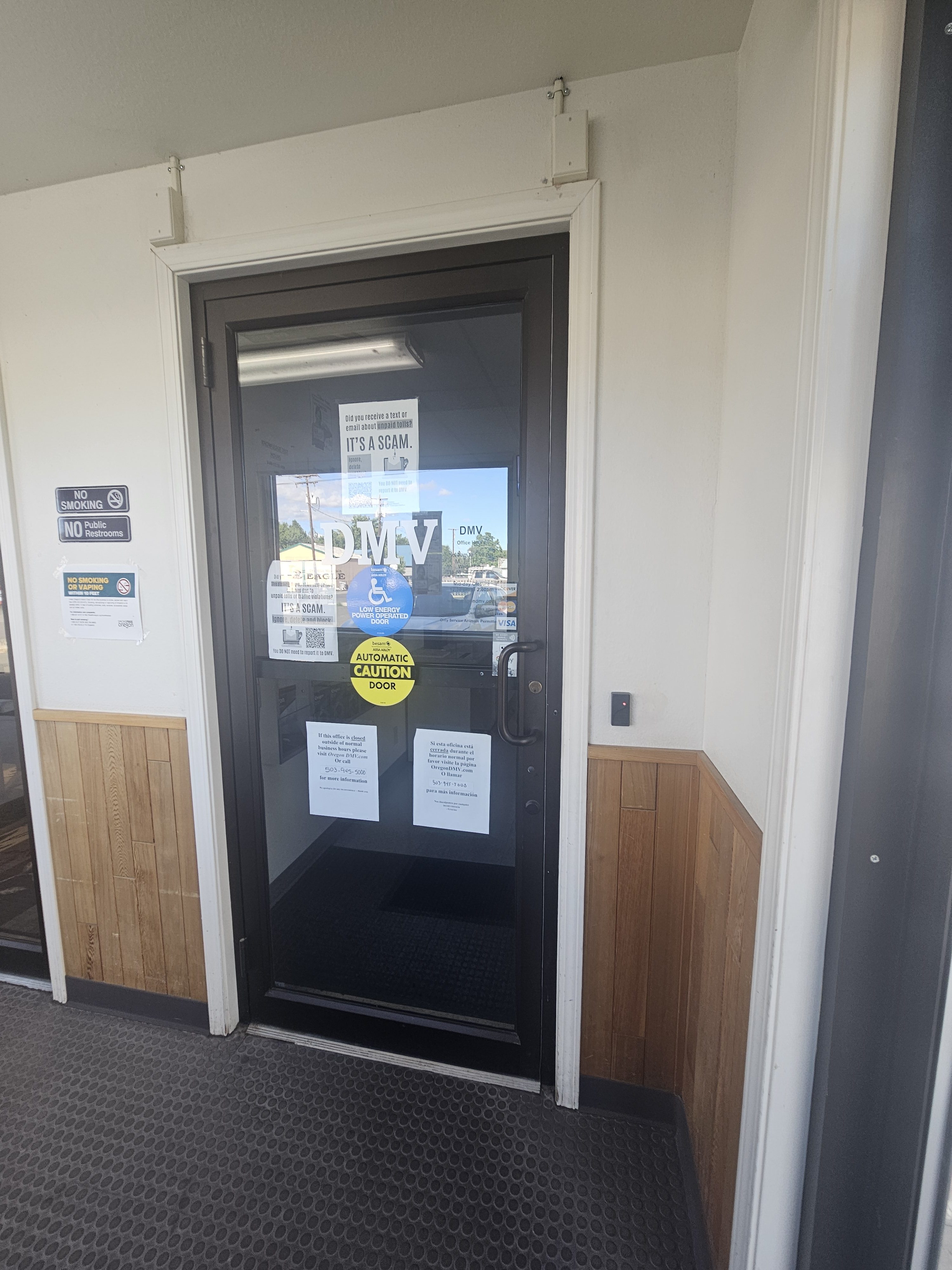Threat of fire higher than before 2015 Canyon Creek Complex
Published 1:00 pm Tuesday, August 3, 2021

- The 2015 Canyon Creek Complex fire explodes just across the valley from Prairie City on Aug. 26, 2015.
Conditions on the Malheur National Forest are vastly drier than before the Canyon Creek Complex fire of 2015 that destroyed over 40 homes.
Trending
In 2015, July rainfall was 1.35 inches, but this year it was only 0.12 inches. Average July temperatures were 10 degrees hotter than they were in 2015. Average July humidity was 23% in 2015 but only 16% this year.
Given the extreme drought conditions of historic proportions, the Malheur requested the assistance of the National Wildfire Prevention Education Team to let the public know how serious wildfire risks are in the national forest.
Malheur National Forest Supervisor Craig Trulock said 2021 is turning out to be an “extraordinary year” when it comes to wildfire risk.
Trending
With the forest in its most restrictive public use restrictions, the idea of bringing in the prevention team was to “up” their messaging and communicate to the public the tinderbox of fuels in the forest that, if ignited by a moment of carelessness, could be disastrous.
Resources are stretched thin with wildfires tearing through the west, including the Bootleg Fire in Southern Oregon, which continues to be the largest in the U.S.
Trulock told the Eagle the likelihood of closing the forest — which the Umatilla National Forest has already done — is all dependent on significant fire activity. Trulock said, if the Malheur does not see a sharp increase in fire activity, the forest has a good chance of remaining open.
“Bringing on the prevention team is all about trying to keep us open,” he said. “We want to keep people out there using the forest, but we want them to do it in a very responsible manner.”
Precautions and evacuation
Evacuations in Grant County fall under Sheriff Todd McKinley. After watching Prairie City avoid a fast-moving moving fire last month, mainly due to favorable wind conditions and speedy response from fire crews, McKinley told the Eagle every resident in the county needs to have an evacuation plan.
McKinley said, in addition to preparing for evacuation, he advises people to take simple steps around their homes that too often go overlooked but can make all the difference when a fire hits.
McKinley said keeping weeds, grass and brush from piling up and stacking firewood a reasonable distance from buildings is wise.
“A lot of people don’t like to have to pack their wood very far,” he said, “but during the Canyon Creek fire there were actually a few structures that burned down because of their firewood piles being in proximity.”
Forest Fire Supervisor Eric Miller told the Eagle that people should take the obvious precautions in the forest, such as not having a fire and staying on paved roads. Miller said other less obvious but essential measures include maintaining the brakes on trailers and ensuring they are working correctly.
He said a fairly common cause of fires is chains dragging from trucks and trailers. When coming out to the forest, Miller said people need to be aware of fire behavior, have an alternate route out of an area, be ready to go in a moment’s notice and report any fires to a dispatcher so fire crews can help them.
Being ready, getting set and going in an evacuation
Grant County Sheriff Todd McKinley said there are three levels in an evacuation, ready, set and go.
Level 1: Get ready
Mckinley said the first phase, get ready, is about knowing danger exists in an area. He said it’s important, as Miller noted, to know entrance and exit routes. This is a time to begin preparing to evacuate and taking precautionary measures, including taking care of family with special needs, moving pets and livestock.
Level 2: Get set
In this phase, emergency personnel notify people in the community that fire danger is significant and residents voluntarily relocate to shelter with family and friends outside of the area. While people might have time to gather necessary items, they do so at “their own risk.”
Level 3: Go
Under level 3 evacuation, people must leave immediately, McKinley’s document states. This phase means a fire is rapidly approaching, and if people ignore the warning, emergency crews will likely not be available to assist them.
“Do not delay leaving to gather any belongings or make efforts to protect your home,” a document provided by McKinley states.
Creating an evacuation checklist
McKinley said people should take the time to get essential items together before receiving an evacuation order, including medications, documents and irreplaceable items.
McKinley said documents could take longer to replace in the pandemic era while medications, though important, are not as difficult to replace.
Medications
Prescription medications, over-the-counter painkillers, allergy medications, first-aid kits, glasses, hearing aids and dentures.
Clothing
A change of clothing for everyone for up to a week: sweaters, coats, hats, gloves, shoes, boots and supplies for infants (formula, diapers and pacifiers).
Toiletries
Shaving devices, toothbrush, toothpaste, feminine products, soap and towels.
Sentimental items
Photos, home videos, slides, family heirlooms, awards, trophies and awards for military service and anything else that cannot be replaced.
Pets
Pet ID tags, leashes and pet medications, food and water bowls. (If given advance warning, take pet to an approved shelter.)
Documents
Birth certificates, passports, marriage license, tax papers, computers including back-up discs, chargers (cellphone and computer), house deed, health insurance, car title and other legal documents.
Money, checks financial information
Cash, blank checks, credit cards, savings book with account information.
Jewelry
Valuable jewelry, family heirlooms, decorations, pins and awards.
Conditions on the Malheur National Forest were far drier in July than in 2015 when the Canyon Creek Complex destroyed over 40 homes.
July: 2015, 2021
Rainfall: 1.35 inches, 0.12 inches
Average temperature: 77 degrees, 87 degrees
Average humidity: 23%, 16%
Fuel moisture: 7%, 5%









